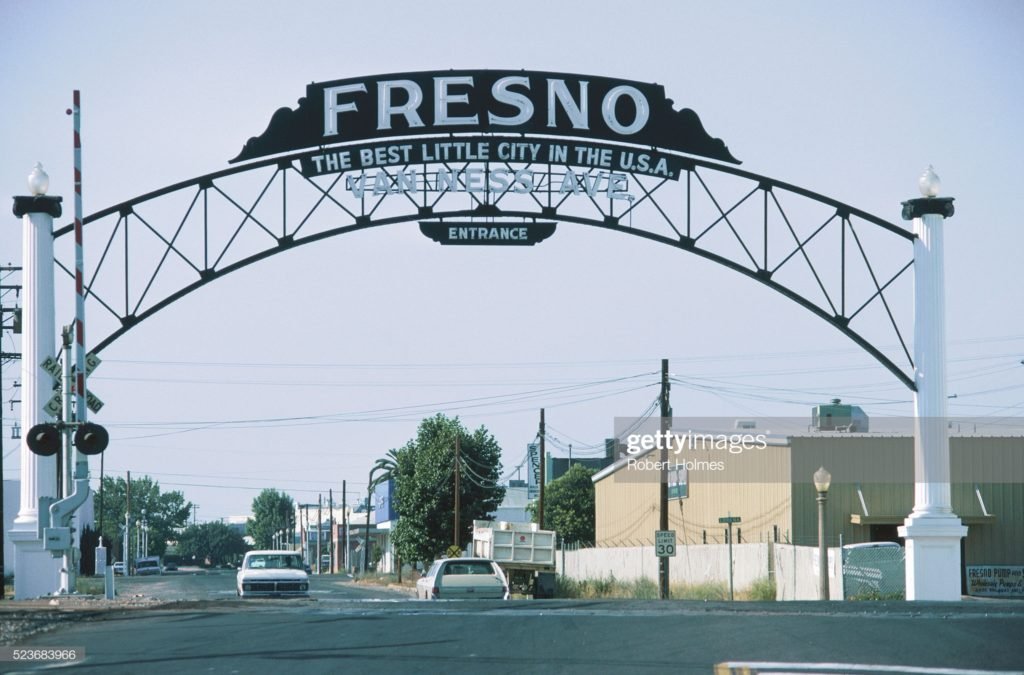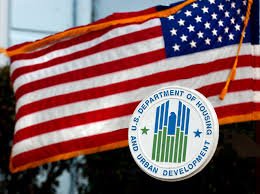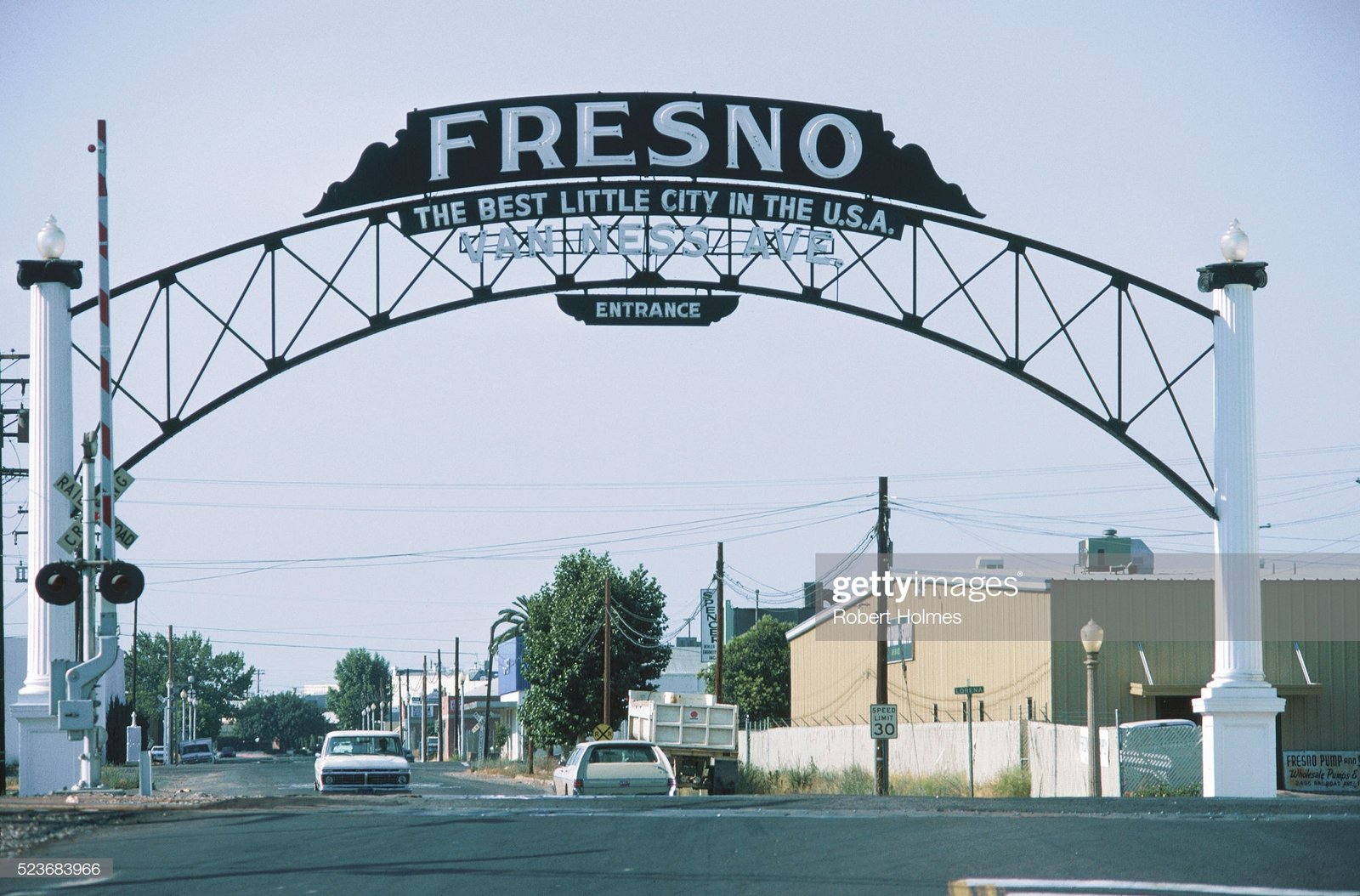Fresno – US, the City of Fresno held a meeting on December 09 and 10, 2019 at different sites to address The U.S. Department of Housing and Urban Development federal funding plan to The Community for 2020 – 2024.
The City of Fresno is developing a 5 –Year Consolidated plan to The City’s housing and Community development. The City developed a strategy plan to target U.S Department of Housing and Urban Development (HUD) for granting money to programs and projects, addressing the community needs and offering assistance to the eligible individuals. The plan is to guide how Fresno spends an annual $11 million in federal funding.
The purpose of the U.S. Department of Housing and Urban Development (HUD) is to provide housing and community development assistance and to make sure everyone has access to “fair and equal” housing. To achieve these goals, it runs or participates in many programs intended to support homeownership, increase safe and affordable rental housing, reduce homelessness and fight housing discrimination. The Fresno is facing a huge homelessness as compared to the other cities as the homeless individuals also have moved to Fresno from other cities and camping out side of the businesses during the nights and it cold outside.
HUD says it has reduced veteran homelessness by 24% since 2010, helped 3.9 million families buy homes in the last five years and helped more than 450,000 families avoid foreclosure. HUD has also developed a number of case studies to highlight programs it considers successes.

Major HUD programs include Community Development Block Grant (CDBG) that covers economic Development activities such as employment and job training, Incentives for creating jobs, Housing repair and rehabilitation, minor to moderate repairs of homes and Infrastructural Improvements, Street, curb and sidewalk improvements. Home Investment Partnerships Act (HOME) contains Construction or acquisition / rehabilitation of affordable homes for sale to homeowners. Construction or acquisition / rehabilitation of rental homes for lease to tenants. First – Time homebuyer down payment assistance, rental assistance to tenants and rental vouchers for the individuals directly payable to the lessors. It is great opportunity to the first time home buyers that there is down payment assistance available for them to buy a home.
Emergency Solutions Grant (ESG) covers the clauses such as Homeless prevention, Outreach to the homeless, emergency shelters, providing essential services for homeless or victims of domestic violence (Homeless or at risk of homelessness eligibility required) and Housing Opportunities for Persons with AIDS (HOPWA) that ensures Permanent supportive housing, Housing vouchers, Short-term rent, mortgage, and utility assistance, Case management, Transportation, Meals and nutrition (A member of the family/household must be AIDS/HIV positive).

How will it work?
The workshop gave a detailed insight of all the fund schemes offered by HUD and it has planned on to finish gathering community input, through community meetings, individual interviews, and surveys by the end of next week (end of 3rd week of December). Further, the community members would analyze data and community input to prepare a list of community development priorities and fair housing barriers. After the presentation of draft reports for public review and comment (March -April) the final reports would be prepared for local approval (late April) and will be submitted to HUD (due May 15, 2020).
Capitalism might not want everyone to succeed, but when a society is created to protect everyone under its umbrella you may be surprised at just how beneficial it can be for the community as a whole. The initiative is entirely a selfless motive to priorities the actual developmental needs and support all those who can be, including the homeless, victims of domestic violence or patients of HIV.
When considering the number of single people and families that are affected by homelessness every year, it’s important to initiate such programs through a wide, intersectional lens. Homelessness is an aspect of society that can intersect with many other subjects: from policing, infrastructure, disease and population health, to the local workforce and economy. People of color, LGBTQIA, and other marginalized identities are often more susceptible to being homeless sometime during their lives due to their identity or circumstances but when a community comes together all these societal evils can be fought and conquered.
There are some important statistics to consider when analyzing the current population of people that are homeless. According to a survey conducted by the Housing and Urban Development (HUD) department in January 2013, and reported by NationalHomeless.org:
- HUD found 610,042 individuals to be homeless on a single night in January 2013. – Most homeless persons (85%) are individuals, while 15% of homeless persons are in family households.
- 33% of all homeless people were youths under the age of 24. About 110,000 of them are LGBTQIA youth.
- 57,849 veterans, overwhelmingly 92% male, were homeless on a single night in January 2013. 60% were residing in shelters or transitional housing programs, while 40% were without shelter.
- 48% of homeless individuals (without families) were found to be living without shelter.
- Families experiencing homelessness made up 50% of those who were sheltered.
- Five states, California (22%), New York (13%), Florida (8%), Texas (5%), and Massachusetts (3%), accounted for more than half of the homeless population in the United States in 2013.
- About 1.5 million people will experience homelessness every year.
Major population supports the idea of providing subsidized housing for the homeless. It’s easy to see just how beneficial these programs can be. However, there is an important underlying condition: the housing and healthcare provided needs to be without conditions. Conditional housing and community development may not always be able to take under its shelter, the people or areas of genuine need. The Brightside however remains, initiation and support of “community for community.”





